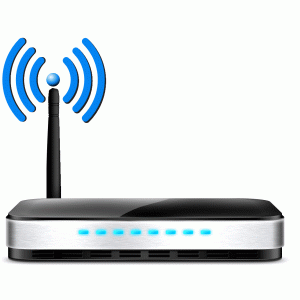 Electromagnetic radiation
Electromagnetic radiation
It might sound like something that you’d be better off avoiding. Electromagnetic waves of various kinds underpin our senses and how we interact with the world. They do this from the light emissions through which your eyes perceive these words. And to the microwaves that carry the Wi-Fi signal to your laptop or phone on which you’re reading it.
More or less every form of modern communication carries by electromagnetic waves. They whisk through the antenna on your car, travel through walls whenever you need to make a phone call inside. Yet also inexplicably reflect from seemingly nothing in the Earth’s upper atmosphere.
This happens because the atmosphere becomes a plasma at high altitudes. A state of matter where atoms split apart and electrons are no longer bound to their parent nuclei. Plasmas have interesting properties, as they react very strongly to electromagnetic fields. In this case usefully: at low enough frequencies it becomes possible to bounce radio signals around the world, extending their range.
It’s the interesting interactions my research group studies. The most intense electromagnetic waves in the world are found in the form of high-power laser pulses. The UK hosts some of the most powerful laser systems in rural Oxfordshire, and the same idea of using electromagnetic waves to accelerate particles is used at the Large Hadron Collider in CERN.
It’s all in the maths
We can accurately predict the interactions of intense electromagnetic waves and plasmas, as the underlying physical processes are governed by Maxwell’s equations.
Solving Maxwell’s equations by hand can be tortuous, but it transpires that a clever algorithm invented in the 1960s and rediscovered since makes the exercise relatively simple given a sufficiently powerful computer.
For More and Original Article.
Learn how you can become a CNA at WeCareOnline.



